Legumes have long been known to be good for your garden by fixing nitrogen and improving soil fertility. These legumes come in the form of common peas and beans, as well as cover crops that act as green manure in the off season.
But how exactly do they “fix” nitrogen in the soil, and what does that mean anyway?
What are rhizobia?
The next time you pull up a pea or bean plant, take a closer look at its roots. Those small white sacs are known as nodules, and they form on the roots of the legume family (Leguminosae and Fabaceae).
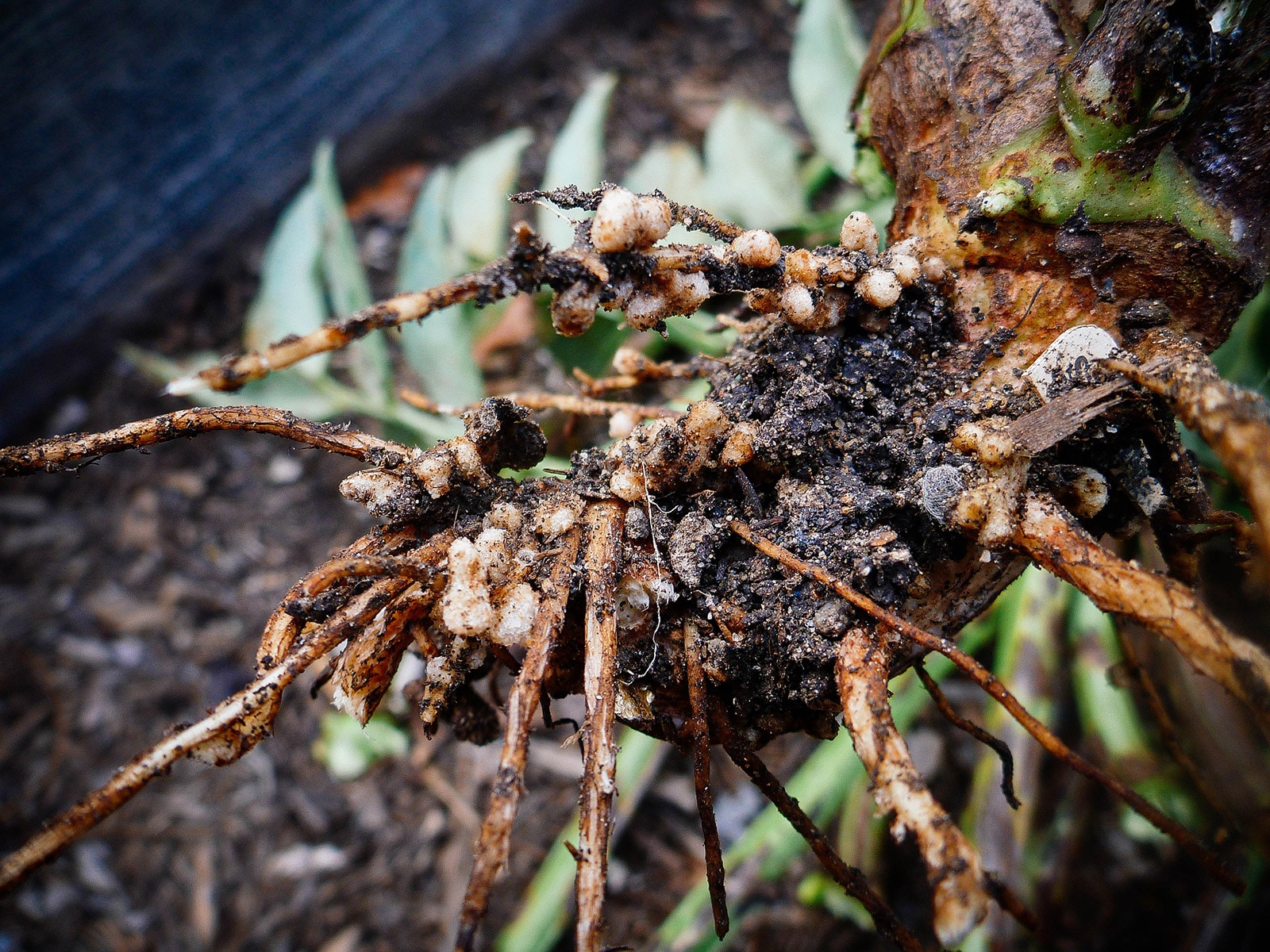
A strain of bacteria called Rhizobium lives in the soil year-round, but when specific plants are present—in this case, legumes—the rhizobia infect the plants (in a good way) by establishing a mutually beneficial relationship with them.
Rhizobia need host plants to survive, and their host plants need nitrogen to grow.
Generally, certain species of rhizobia will nodulate a specific legume, or sometimes multiple legumes if they’re compatible.
When they sense the presence of legume roots in the soil, the rhizobia will multiply, attach to the root hairs of the plant, and cause the roots to swell and form the nodules you see here (a process called nodulation).
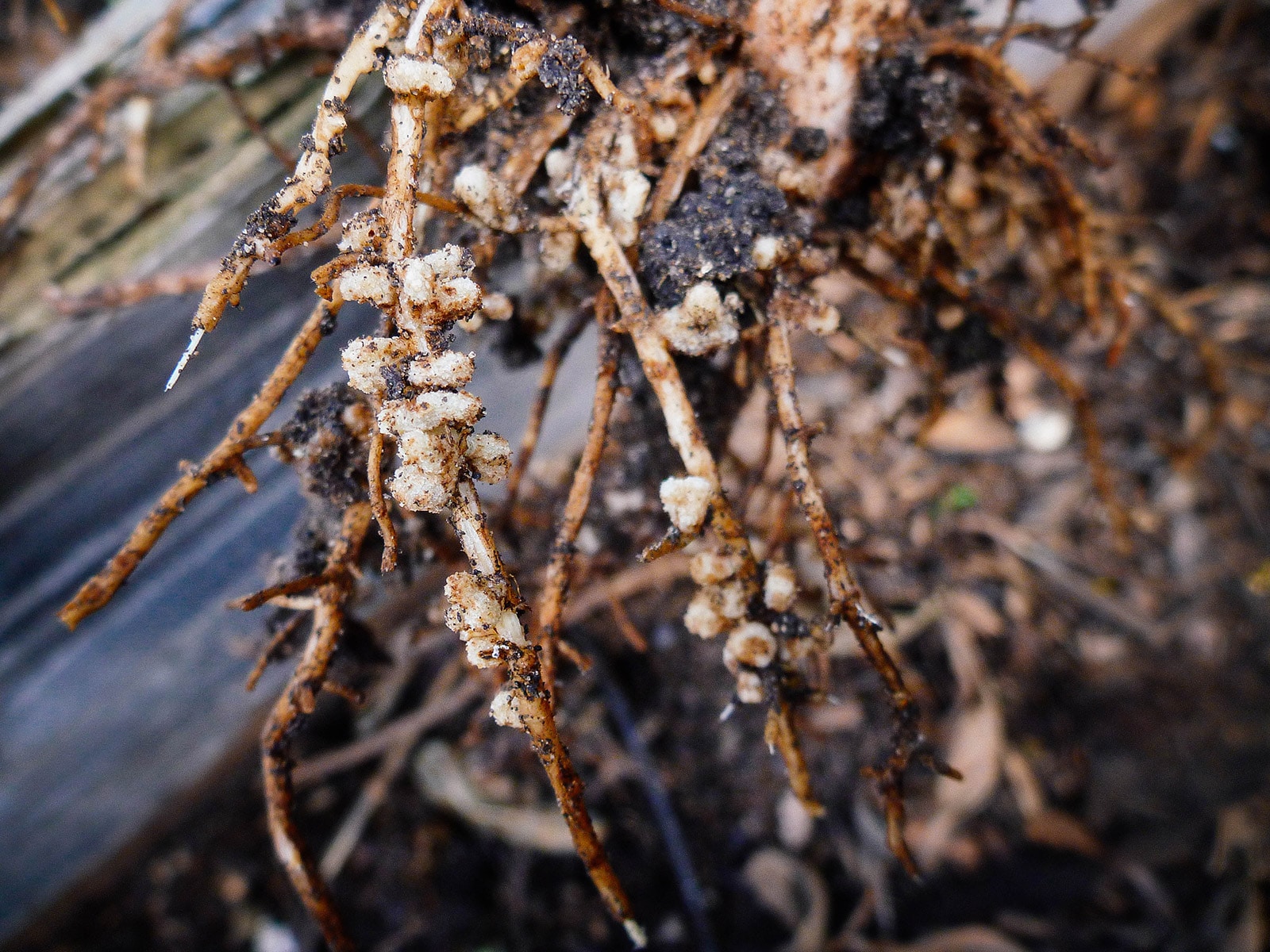
After they’re attached, they form an infection thread to enter the plant, which then supplies all the sugars and other nutrients necessary for the rhizobia to survive.
But all of this isn’t as nefarious as it sounds. Within these nodules, rhizobia live in harmony with their host plant, where each organism receives something from the other and gives something back.
So what does the host plant get in return?
Nitrogen fixation in legume plants
Nitrogen plays a critical role in plant growth. Without it, plants cannot grow taller or produce bigger yields.
But even though there’s abundant nitrogen in the air, it’s present in a form that cannot be used directly by plants. Legumes, however, have the ability to convert this nitrogen into a readily available form they can use by forming a symbiotic relationship with rhizobia in the soil.
Through a naturally occurring process called nitrogen fixation, the rhizobia draw (or “fix”) nitrogen gas from the atmosphere and convert it into ammonium compounds that provides essential nutrients for its host plants. This biochemical reaction takes place in the root nodules formed by the rhizobia.
This is why peas, beans, and other legumes don’t need nitrogen fertilizer if rhizobia are in the soil—they can make their own.
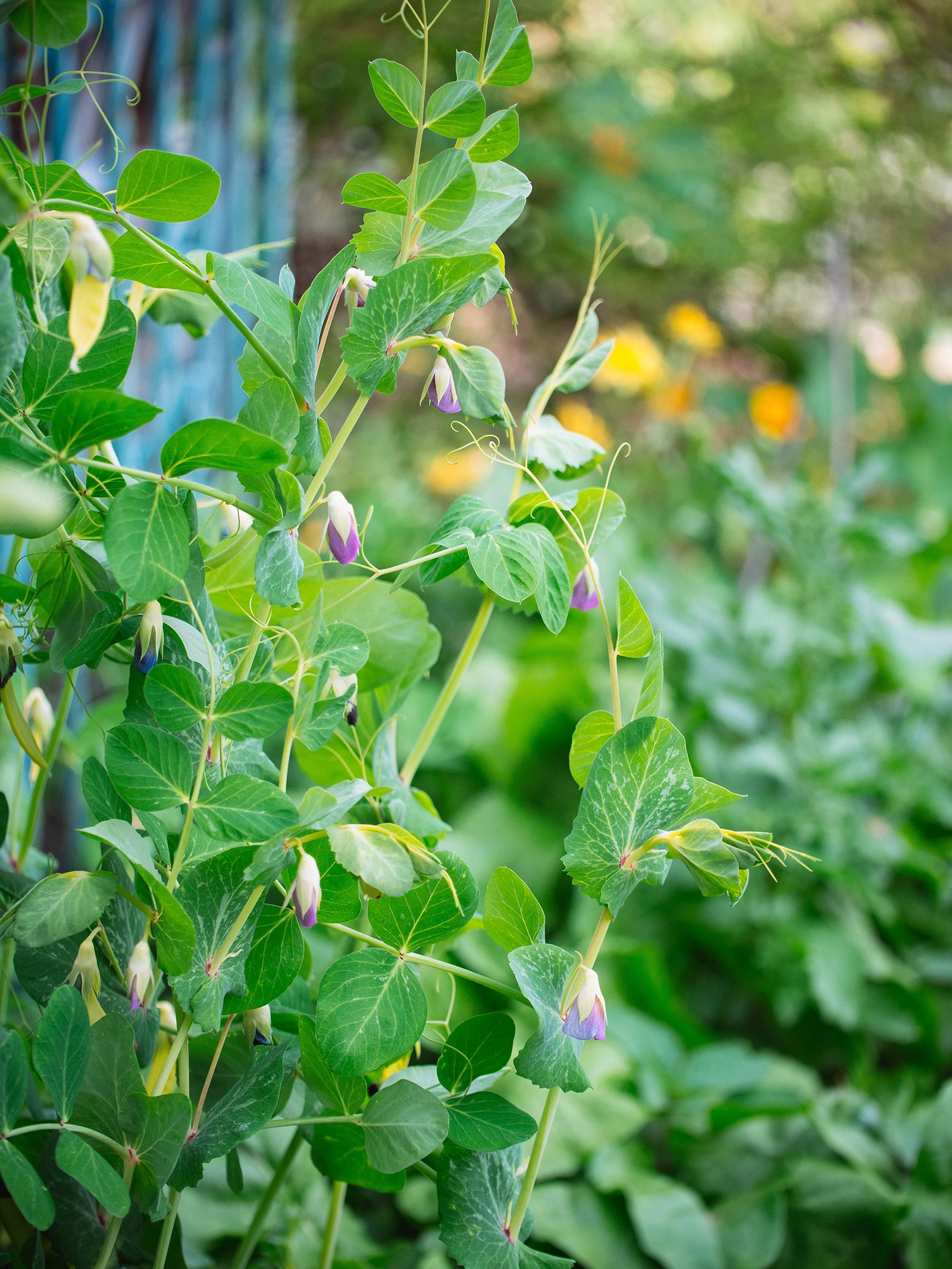
When the host plant dies and its vegetation (leaves, fruits, and roots) decomposes, the fixed nitrogen is released into the soil and made available for other plants to use. That means legumes naturally enrich, rather than deplete, the soil wherever they’re grown—as long as they aren’t harvested (which reduces the amount of nitrogen available).
Because of this symbiosis, rhizobia always require host plants and cannot fix nitrogen independently. They can live in the soil for some time without food, but to sustain soil health, it’s important to “feed” this friendly bacteria by rotating symbiotic crops such as peas, beans, clover, and alfalfa through your garden beds every season.
If you grow legumes in your garden year after year (even if you simply sow cover crops like fava beans), you’ll help the rhizobia population thrive and improve soil fertility without ever using fertilizer.
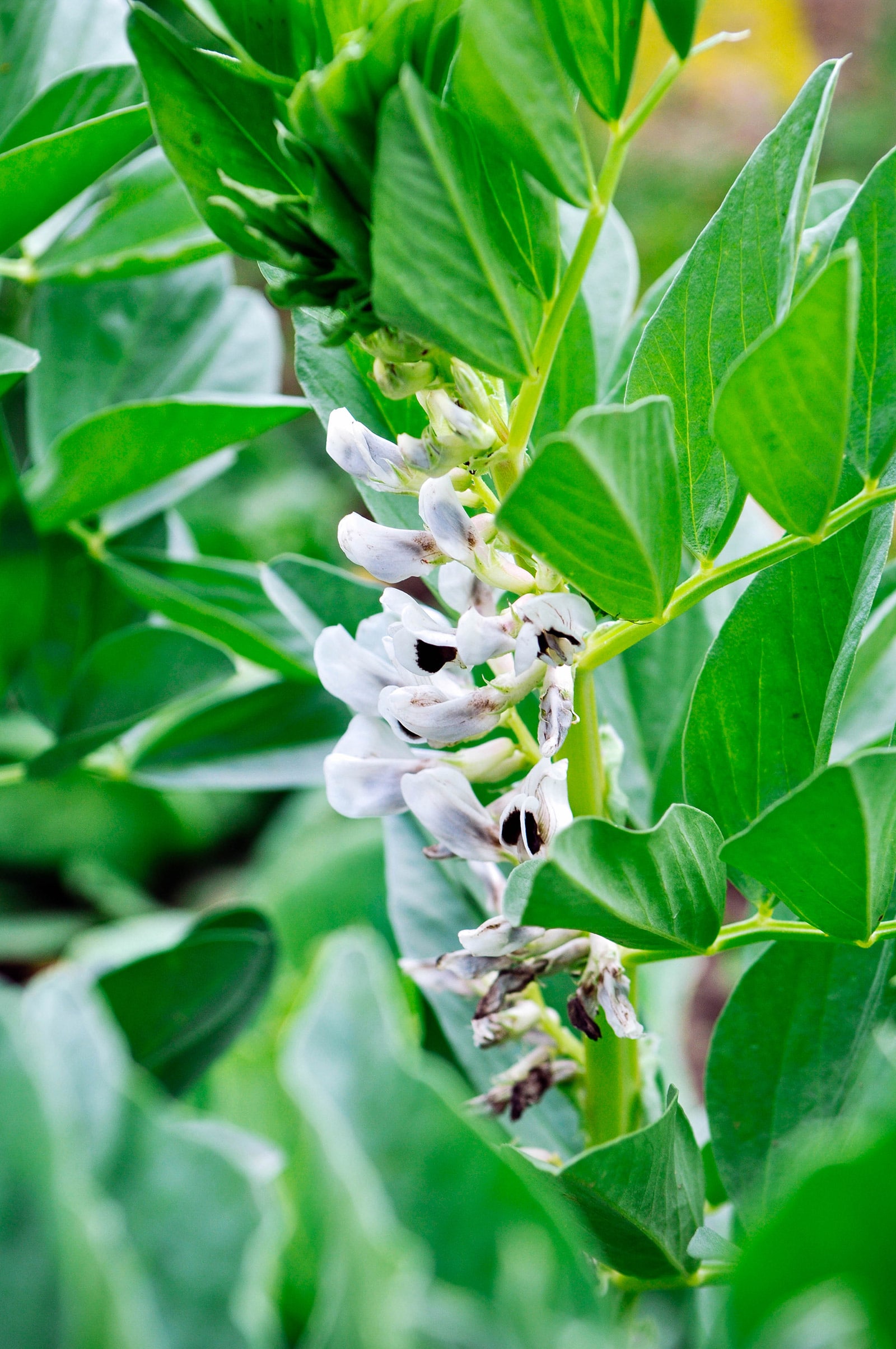
What is soil inoculant?
So if you’re wondering whether rhizobia bacteria are living in your soil right now, the short answer is: it depends.
If you’re starting a garden from scratch with virgin soil and have never had anything growing in it, or you built a no-dig garden bed with organic materials or you just put it through soil solarization, there probably won’t be any rhizobia in it.
But most soils (and I’m talking about real soil, not dirt—which is devoid of microorganisms) that have (or had) plants growing in them usually contain native strains of rhizobia, though they vary widely in their ability to fix nitrogen.
Factors that influence the amount of nitrogen fixed include the specific rhizobia strain infecting the plant, amount of nitrogen already in the soil, plant growth, soil temperature, and other environmental stressors like drought or nutrient deficiency.
Most legumes associate with a certain strain of rhizobia that maximizes nitrogen fixation. So even if the bacteria are already living in your soil, they might not be the most effective for fixing nitrogen.
Less effective strains of rhizobia may form many small nodules but fix very little nitrogen, whereas more effective strains produce fewer but larger nodules that have dark pink centers (indicating healthy, active nodules).
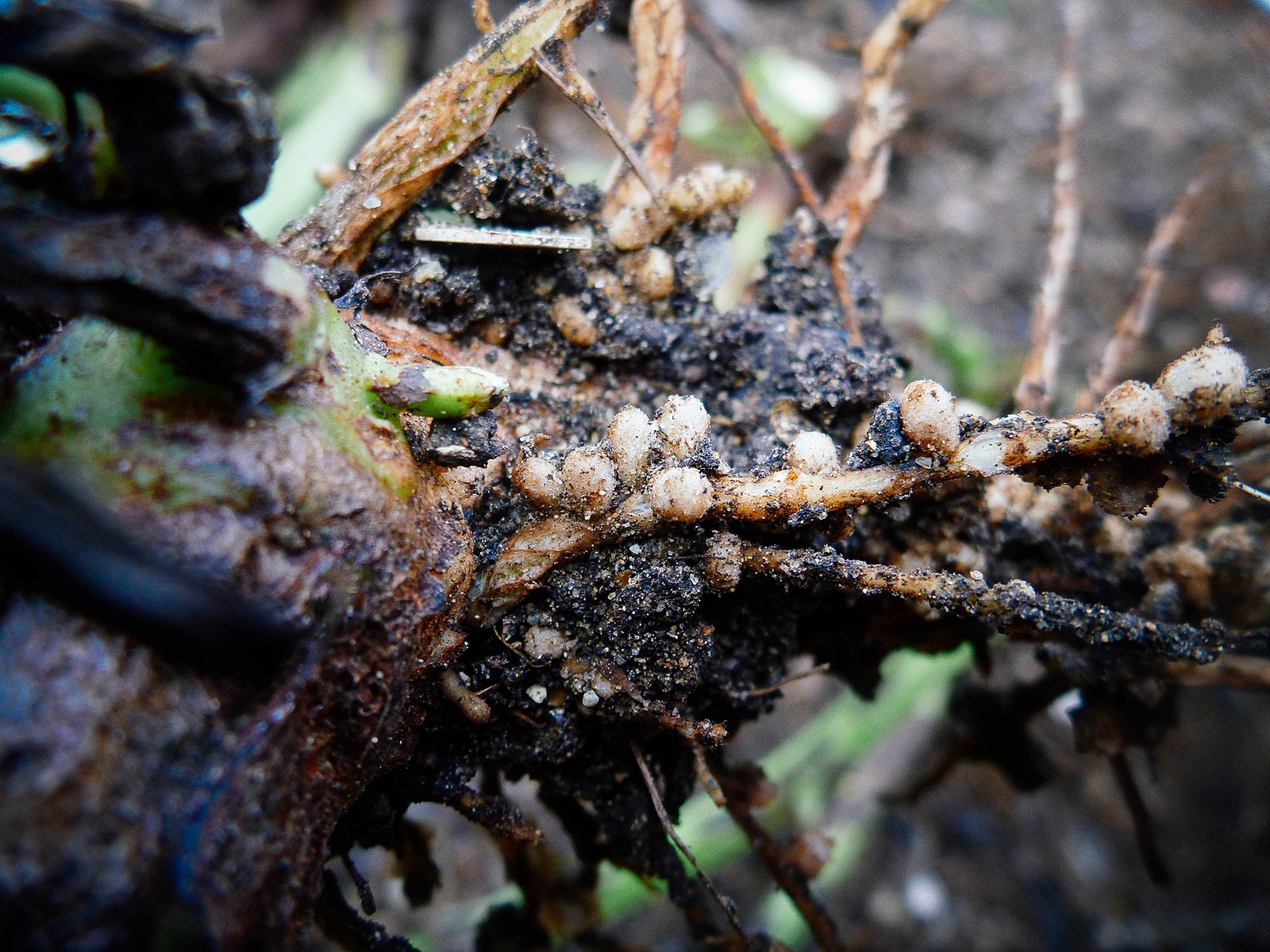
This is where soil inoculant comes into play. A soil inoculant is a type of bacteria added to the soil to “seed” the soil and populate it with the most effective strains of rhizobia.
Soil inoculants are used when planting peas and beans to ensure the most compatible rhizobia strains are available when the plants start growing. By pre-seeding your soil with the correct rhizobia, you increase the chances of the bacteria multiplying and fixing large amounts of nitrogen to boost plant growth and replenish soil fertility.
How to use organic soil inoculants for peas and beans
The type of inoculant used for peas and beans is Rhizobium leguminosarum.
You’ll want to keep this in mind when buying inoculant, as you’ll also find inoculants meant to maximize the nitrogen-fixing potential of clover, vetch, alfalfa, lentils, and peanuts.
Some versions are even multi-purpose or combination inoculants, so they contain several strains of bacteria to infect a wide range of legumes.
Inoculants come in a powdery or granular form and there are several easy ways to apply them. You can:
- Moisten the pea or bean seeds with water (you can even soak your seeds to speed up germination), then roll the seeds in inoculant until they’re covered with a thin coat of powder.
- Moisten the seeds with water, then put the seeds and some inoculant in a plastic zip-top bag and shake until the seeds are coated.
- Spread the seeds across a shallow dish (like a pie pan) and fill with just enough water to barely submerge the seeds (about 1/8 inch to 1/4 inch). Liberally sprinkle the inoculant over the seeds and stir to thoroughly coat them.
- Or, sprinkle a small amount of inoculant into your planting rows or planting holes after placing your seeds or transplants.
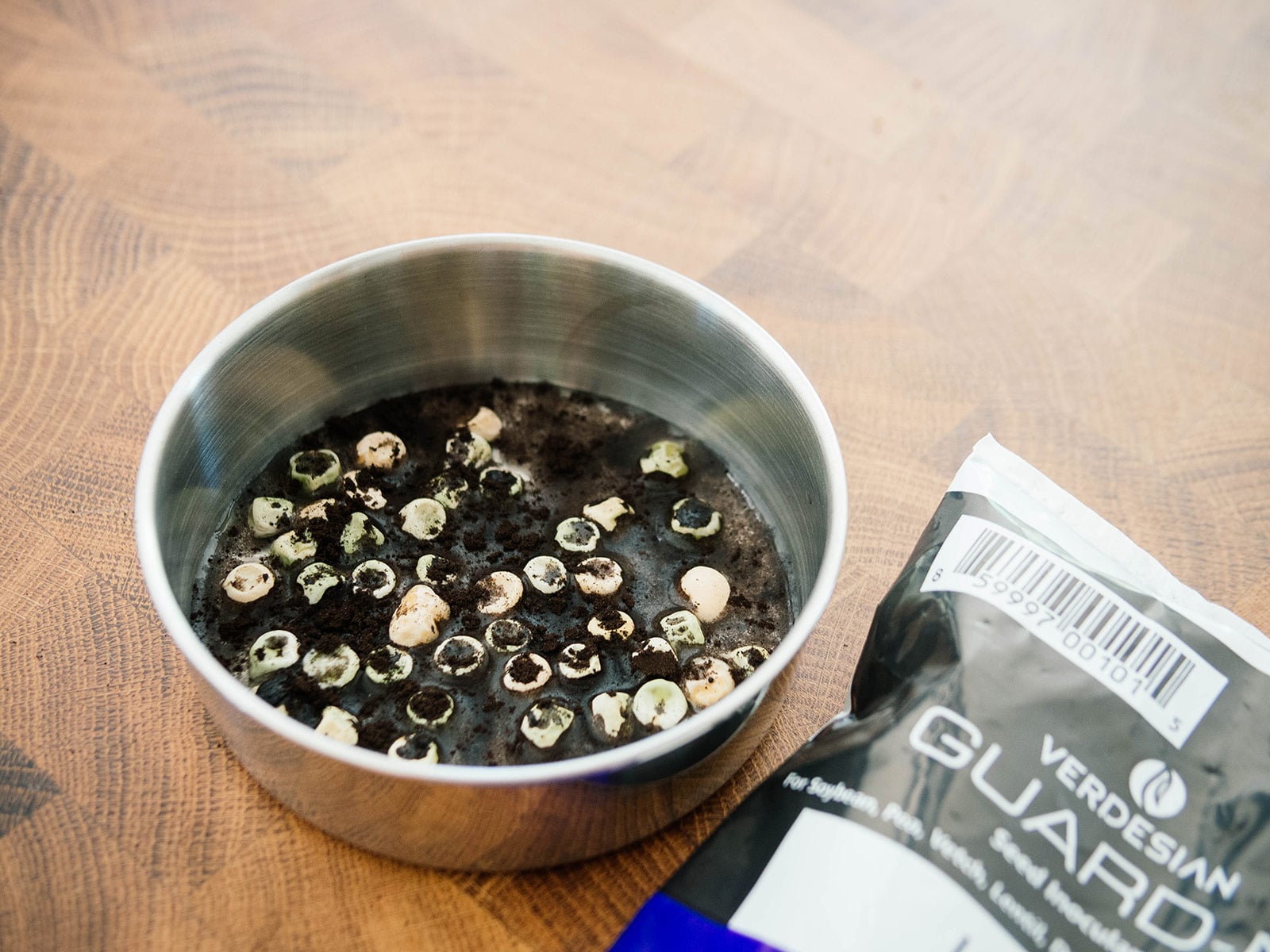
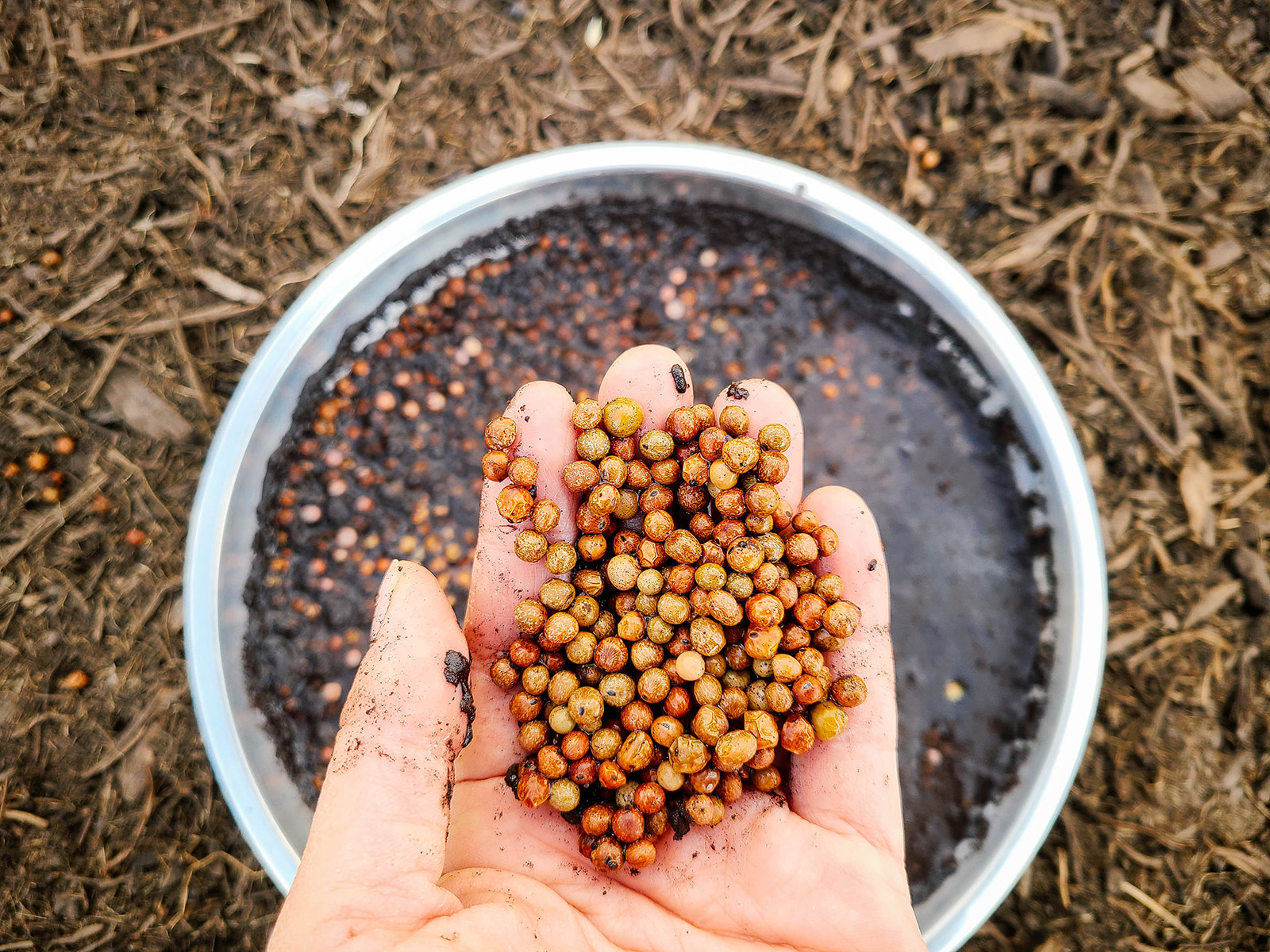
The good thing is, you cannot over-inoculate, so it’s better to use more than you think you need. Since inoculants contain live bacteria, they do have a shelf life. Don’t just stash the inoculant in an uninsulated shed in the middle of summer, and always check the expiration date of any inoculant you buy, or any inoculant you reuse the following season.
Disclosure: If you shop from my article or make a purchase through one of my links, I may receive commissions on some of the products I recommend.
Legume inoculants I recommend
- Mountain Valley Seed Legume Inoculant
- Verdesian Guard-N Seed Inoculant for Peas and Beans
- Nature’s Aid Garden Soil Inoculant
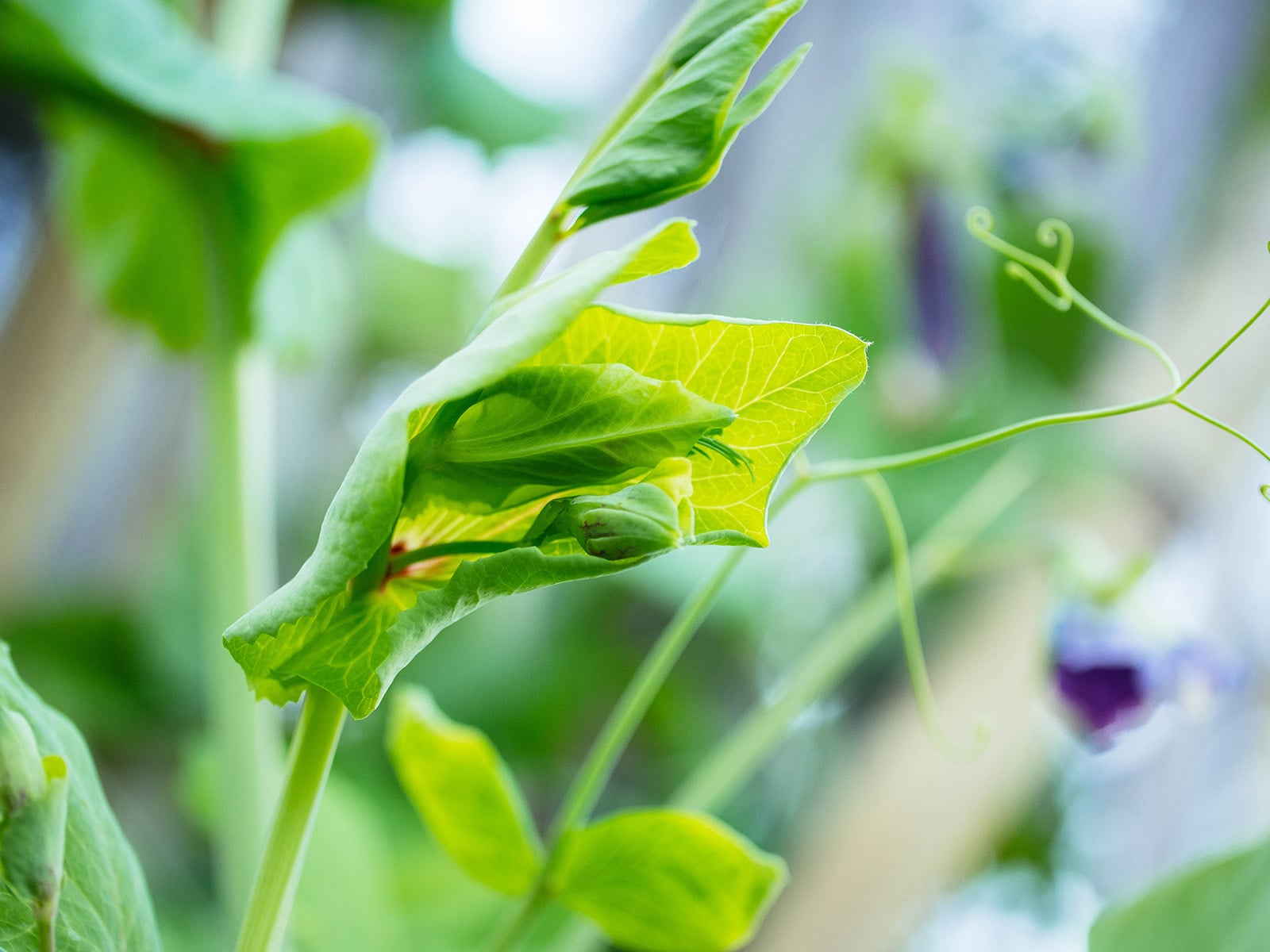
Common questions about nitrogen fixation in legumes
Do I need to inoculate my soil every year?
Once rhizobia is in the soil, the bacteria will survive for several years. That means you can rotate your crops and by the time your legumes make it back into that same garden bed three years later, they don’t need to be inoculated again.
However, this only works if you grow the same type of legume each time. If you grow a cover crop (like clover or vetch) one year and want to grow peas the following year, you’ll need to inoculate the soil with the right strain of rhizobia for that crop.
How do I know if my legume is nodulating?
Nodulation won’t happen if the right bacteria isn’t in the soil. So how can you tell?
Grow the legume and take a look at its roots halfway through the season. You can easily see the pea-sized nodules if they’re present, and they’re most visible while the plant is blooming.
If the plant did not make nodules, you either don’t have the right type of rhizobia bacteria in the soil, or you have too much nitrogen in the soil.
Excess nitrogen from fertilizers will prevent the formation of nodules since the plant simply doesn’t need the rhizobia to thrive. While this won’t affect plant growth, it also means the plant isn’t fixing nitrogen (and therefore won’t be releasing nitrogen into the soil when it dies).
Are some legumes better at fixing nitrogen than others?
Yes. Grain legumes, like fava beans, soybeans, and peanuts, are especially good nitrogen fixers and may fix up to 250 pounds of nitrogen per acre as long as the grain isn’t harvested.
On the other hand, a perennial or forage legume (like alfalfa) is capable of fixing 250 to 500 pounds of nitrogen per acre, since it can contribute a significant amount of biomass (stems, leaves, and roots) when it’s cut down and incorporated into the soil.
This post updated from an article that originally appeared on November 29, 2012.
















Since the fava beans are grown only for its nitrogen. I assume it should be planted in the fall and turned into the soil before planting the next spring. Is that correct?
Linda, I grow and rotate Purple Hull Peas each year in my 2 12×12 ‘raised’ gardens. (‘Raised’ as in not on stilts, just framed-in 2×8’s filled with purchased soil.) At end of season, I take down my trellises and usually pull all the plants out of the ground and put them in my rotating composter. Should I leave the roots and/or stems & leaves in the garden to decompose? I would think maybe cut the stems and leave the bean root balls in the ground to maximize the nitrogen deposit? Thanks for your insight!
Yes, leave the roots in place so they rot underground. You can also leave the stems and leaves on top of the soil as mulch to break down—it’s the best place to compost all that plant debris. (This is one of the lessons I cover in my online course, https://gardenbetty.com/course)
Interesting. Thank you! Do you rotate your crops and if so how do you determine what follows what? Thanks.
Yes I do rotate crops every season. I group them by plant families—so all alliums together, all brassicas, all nightshades, all legumes, etc. Then I move them over one bed in a clockwise fashion in my garden, every season. If you have a small garden with just a couple beds, you can rotate plant families through different sections of a bed, though that isn’t as efficient.
When and how do you incorporate the fava plant ground cover into the soil? Is it too late once they have flowered?
You’ll want to dig the plants in before they set any fruit or seed. So, shortly after flowering is okay. I just use a shovel to knock them down, break them up a bit, and plow them under the soil.
Julia Worthington-Shea liked this on Facebook.
Jun Iguchi liked this on Facebook.